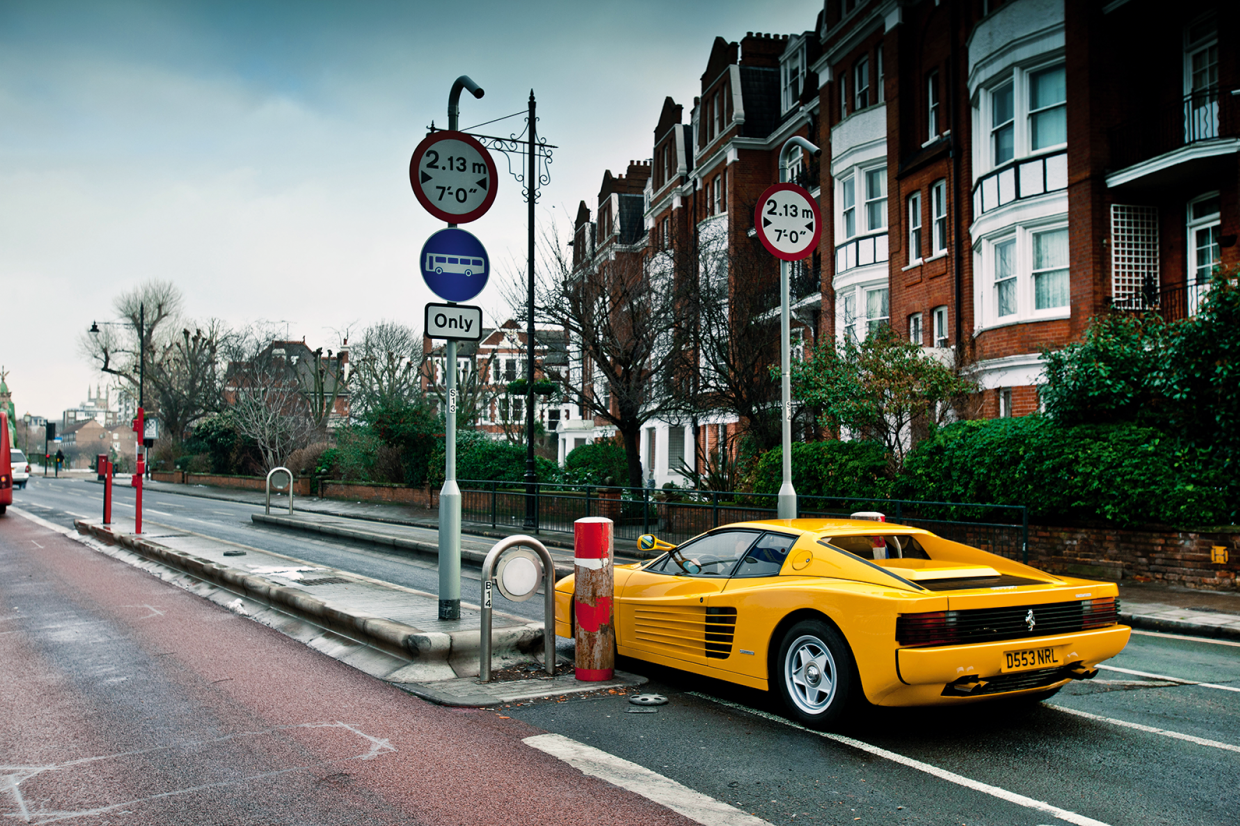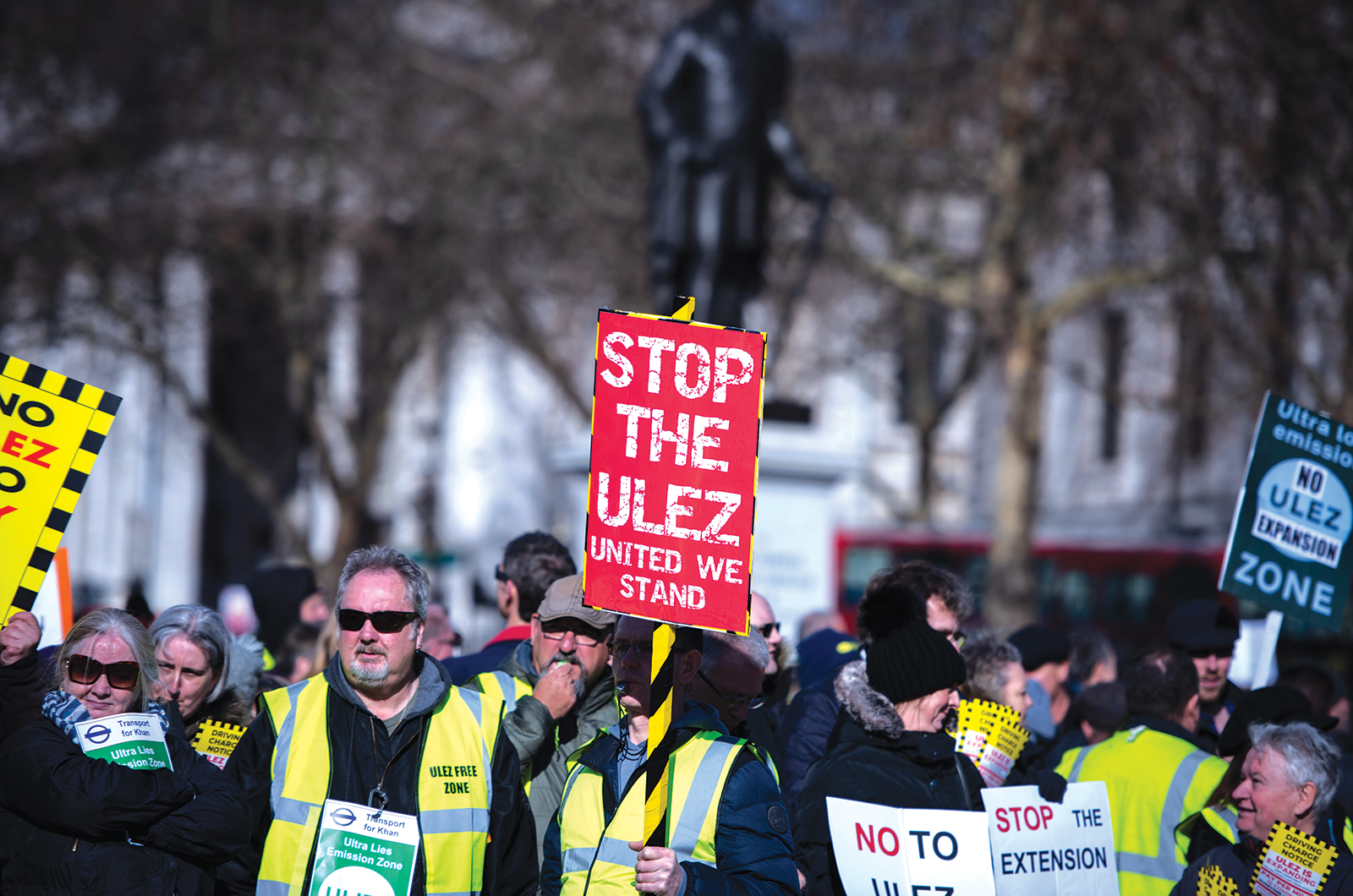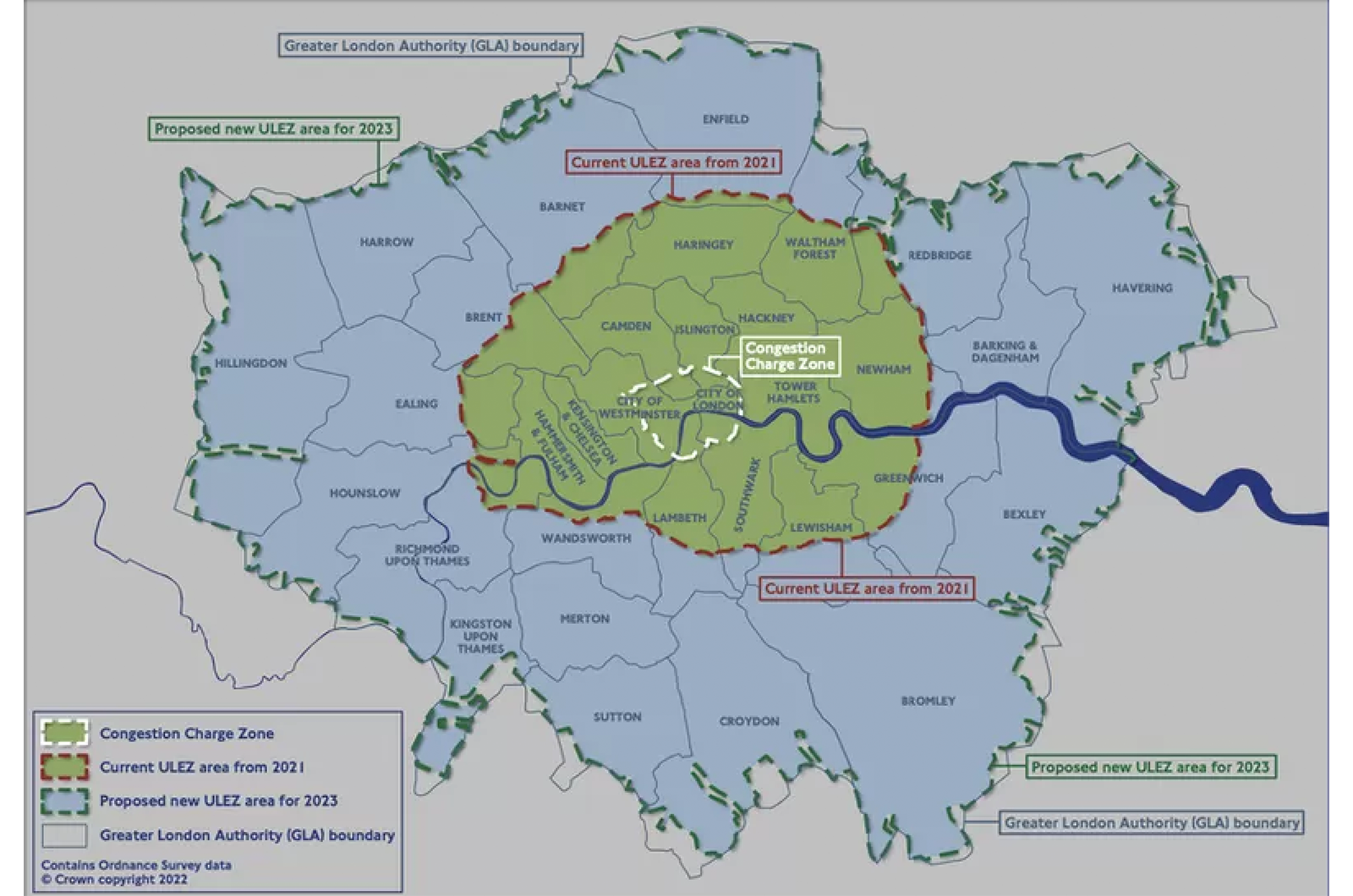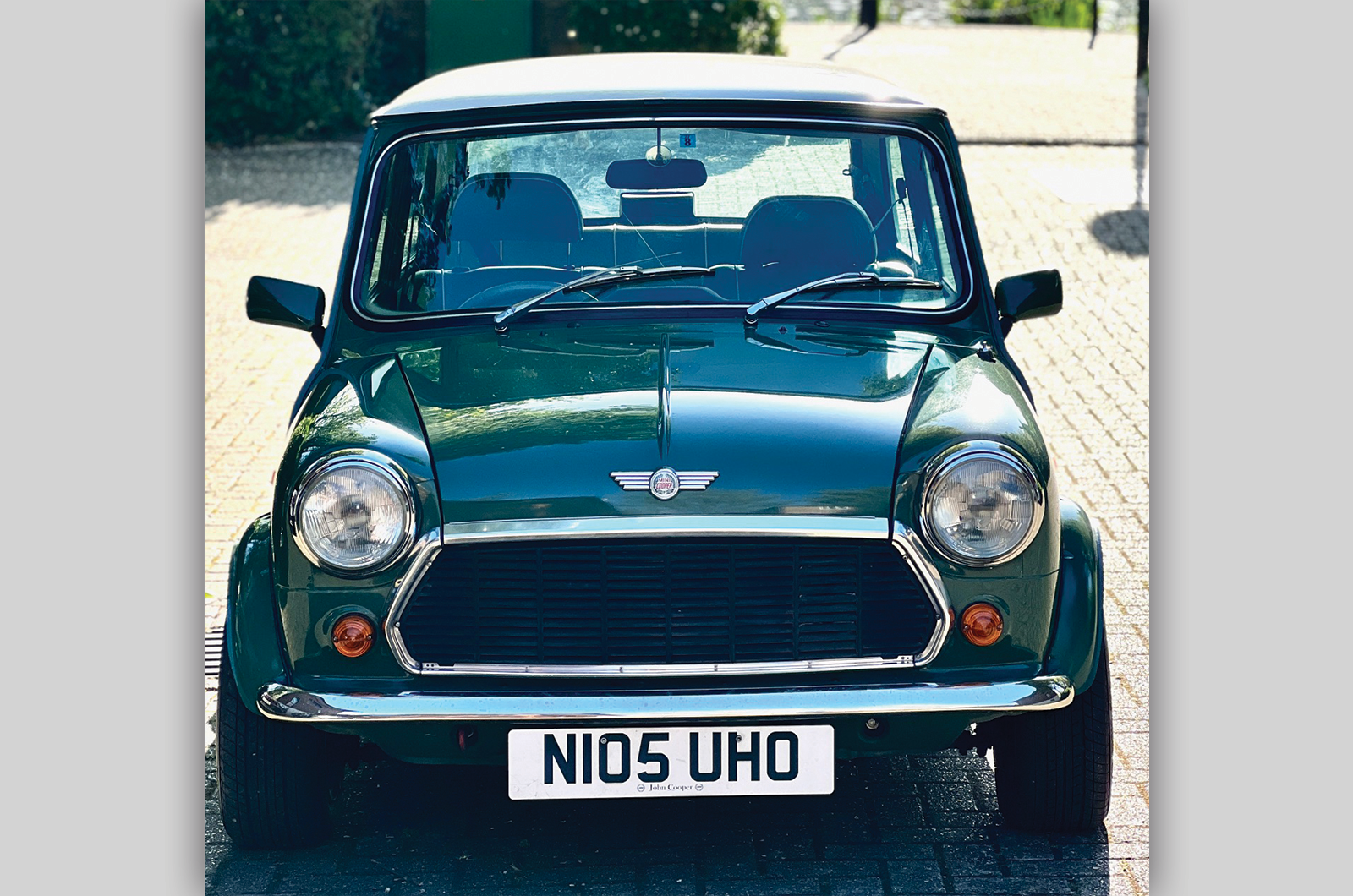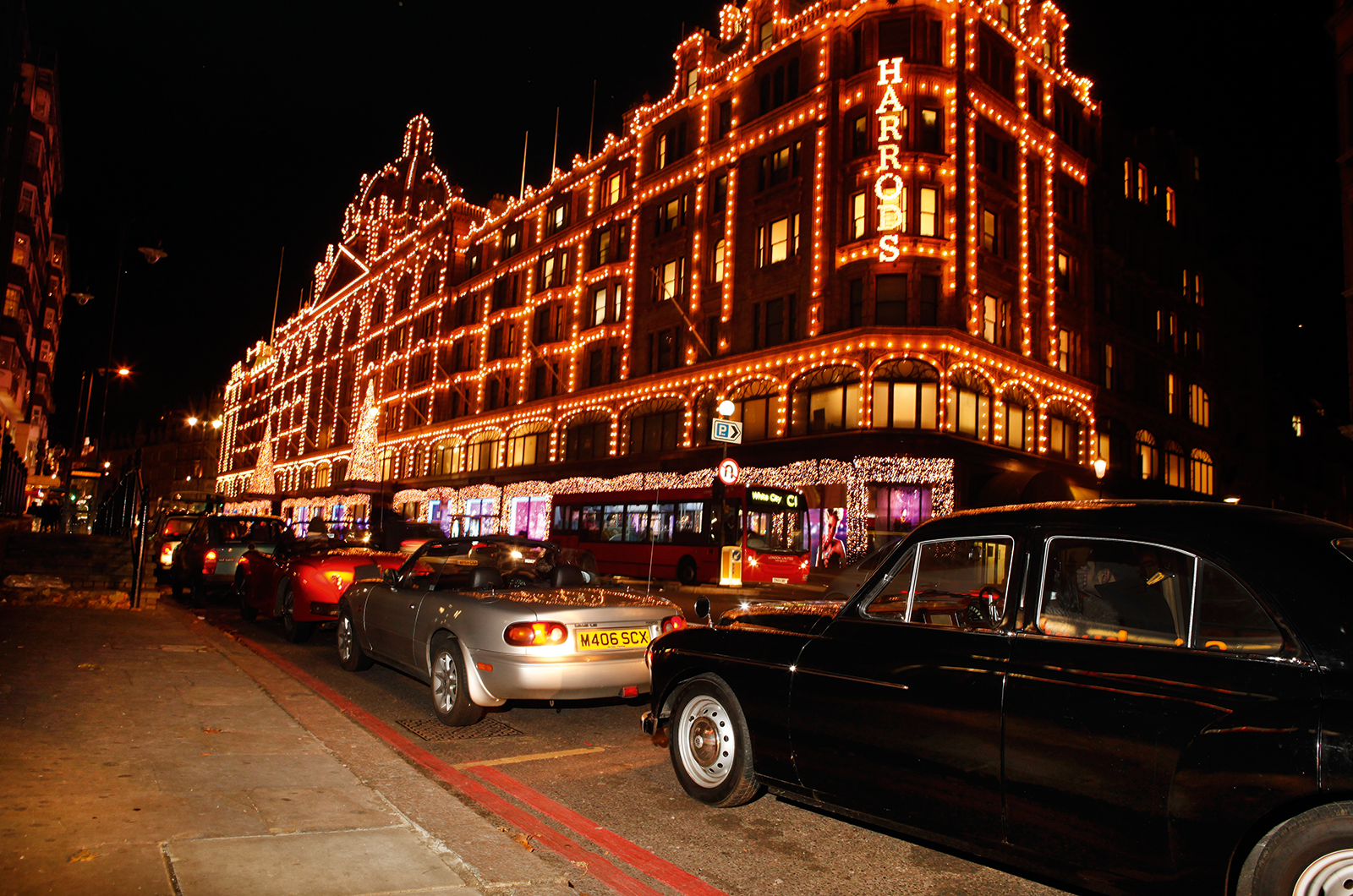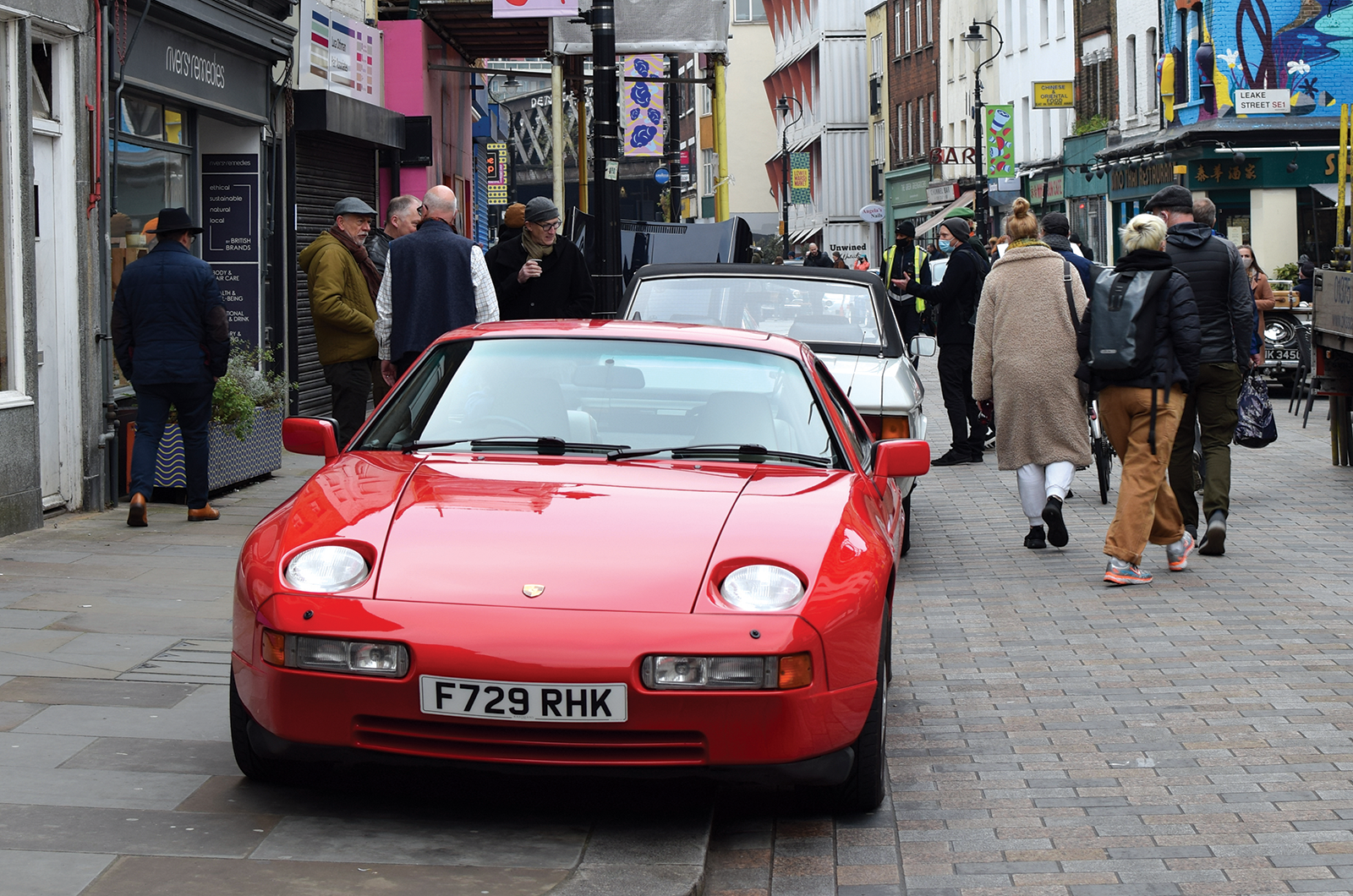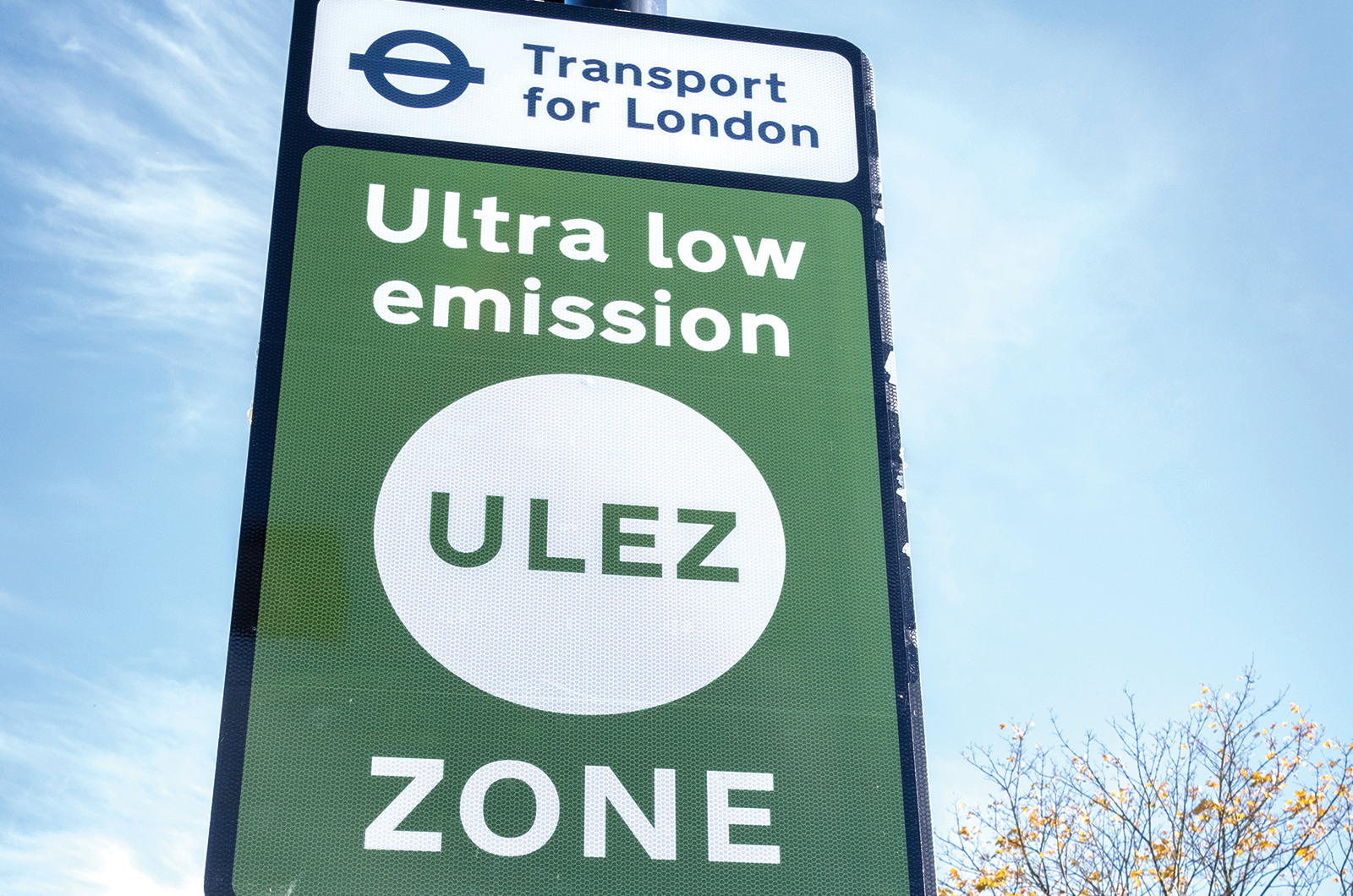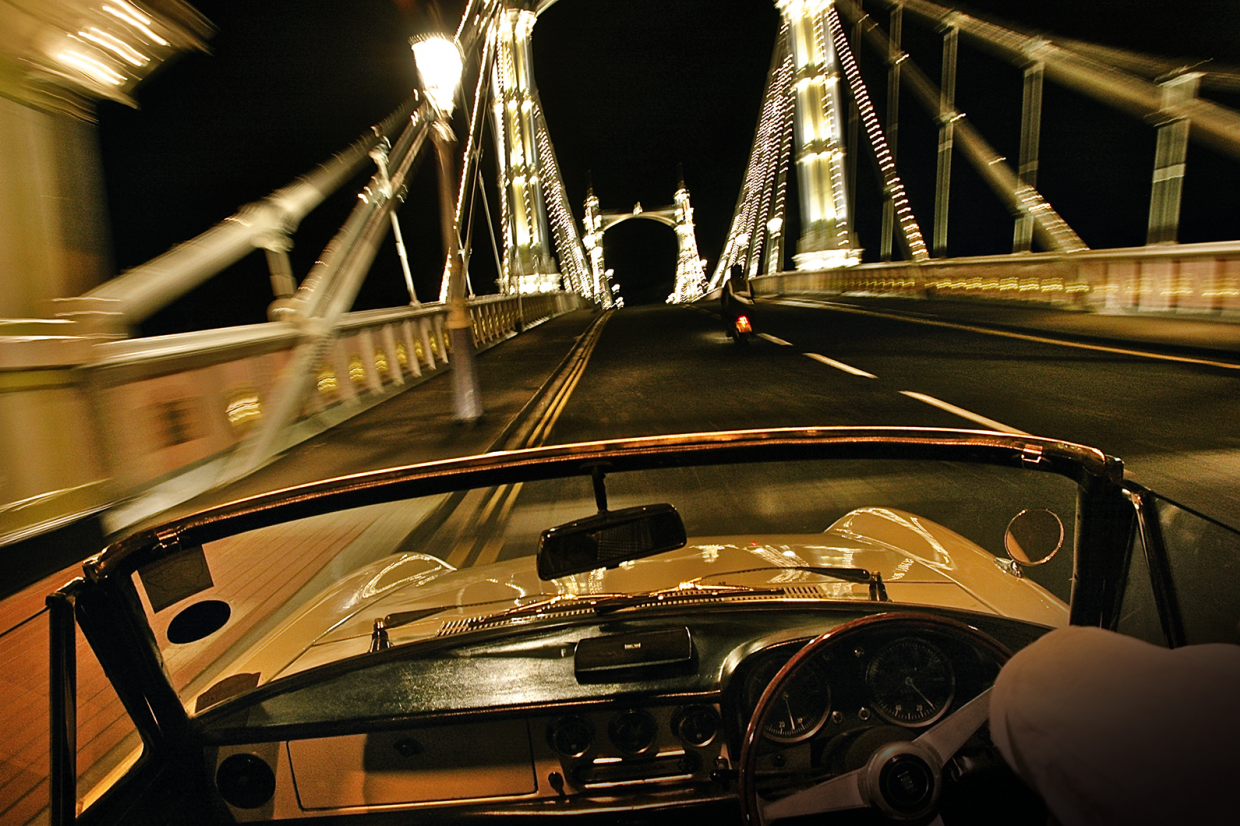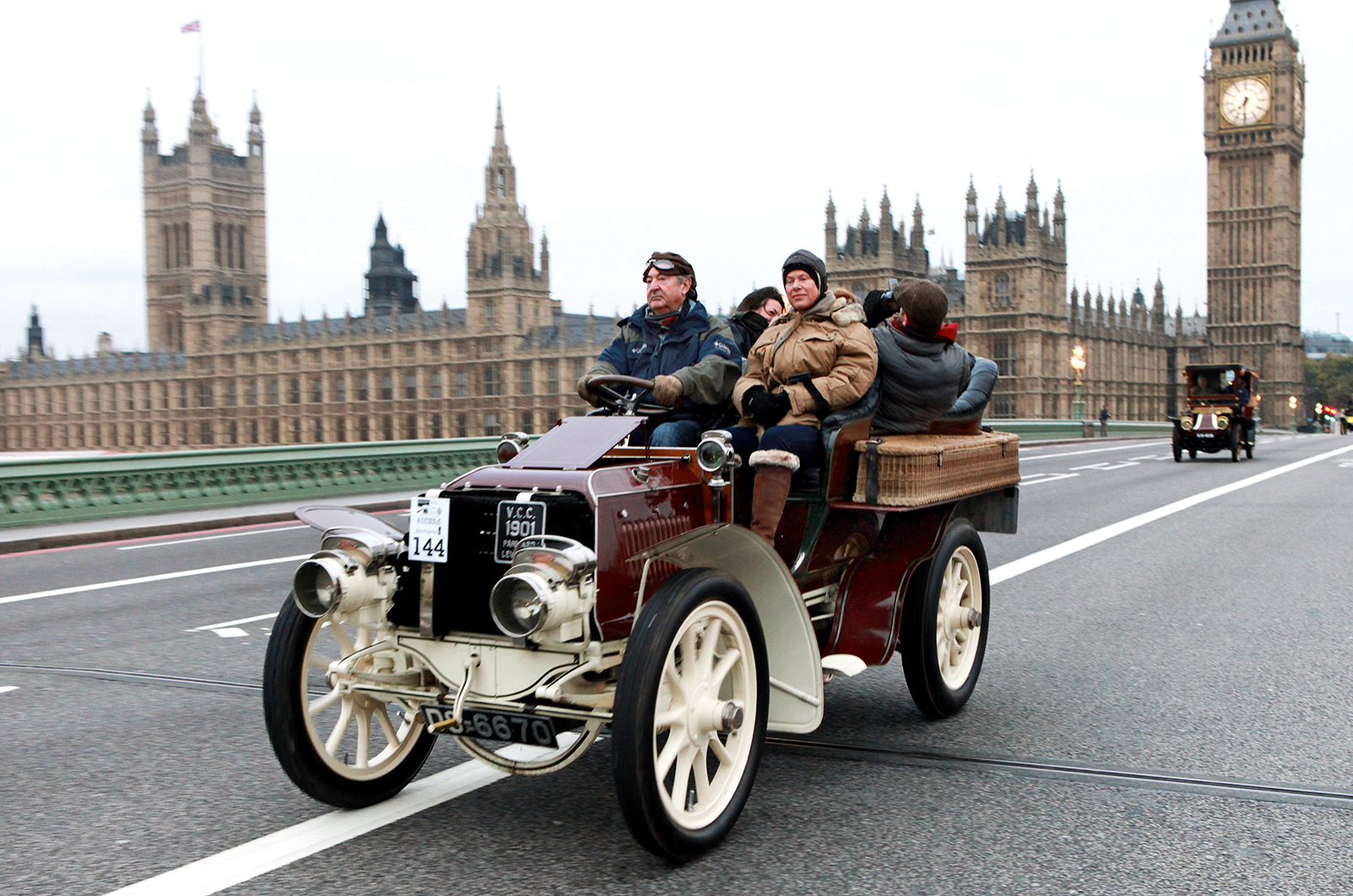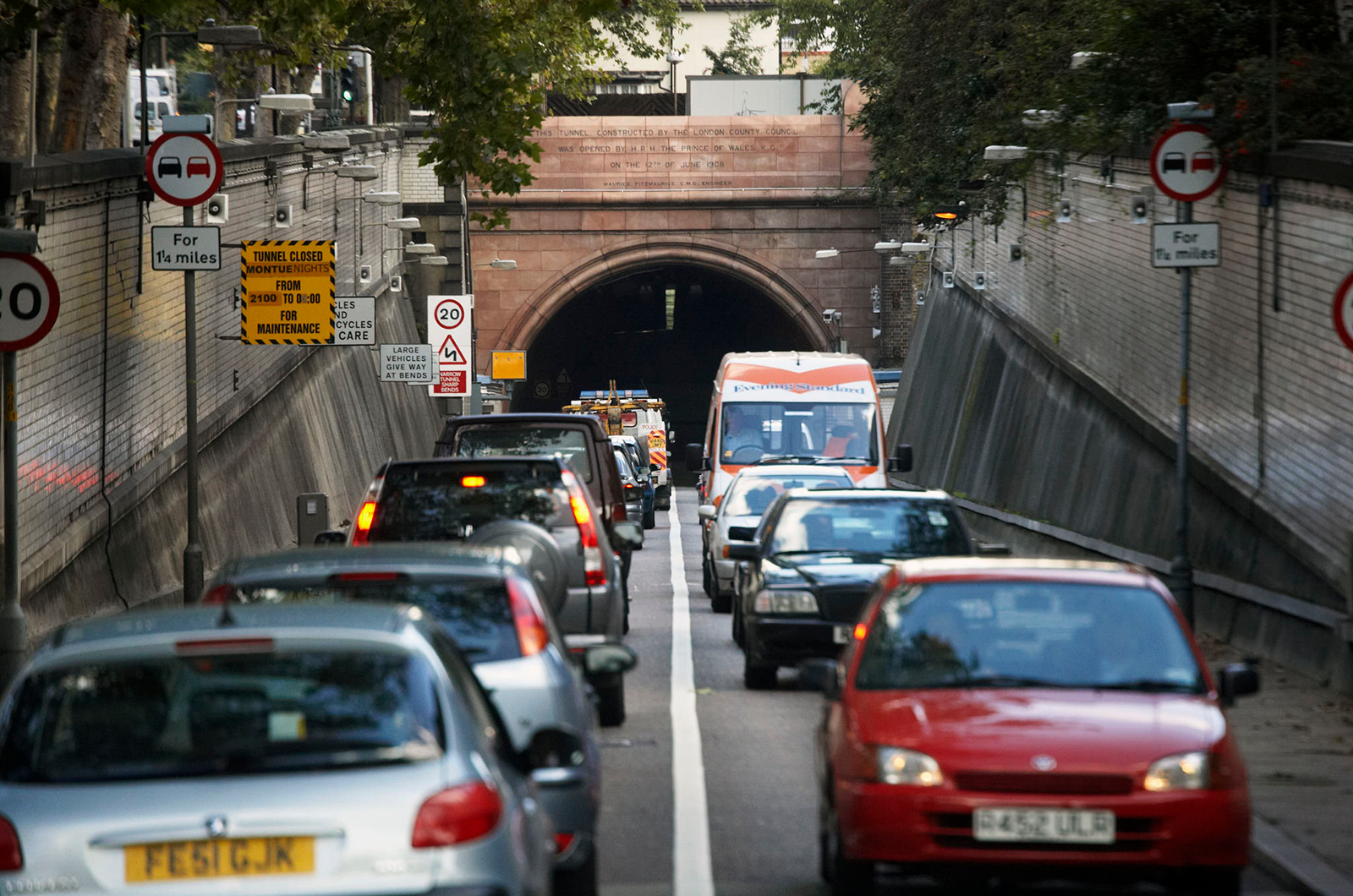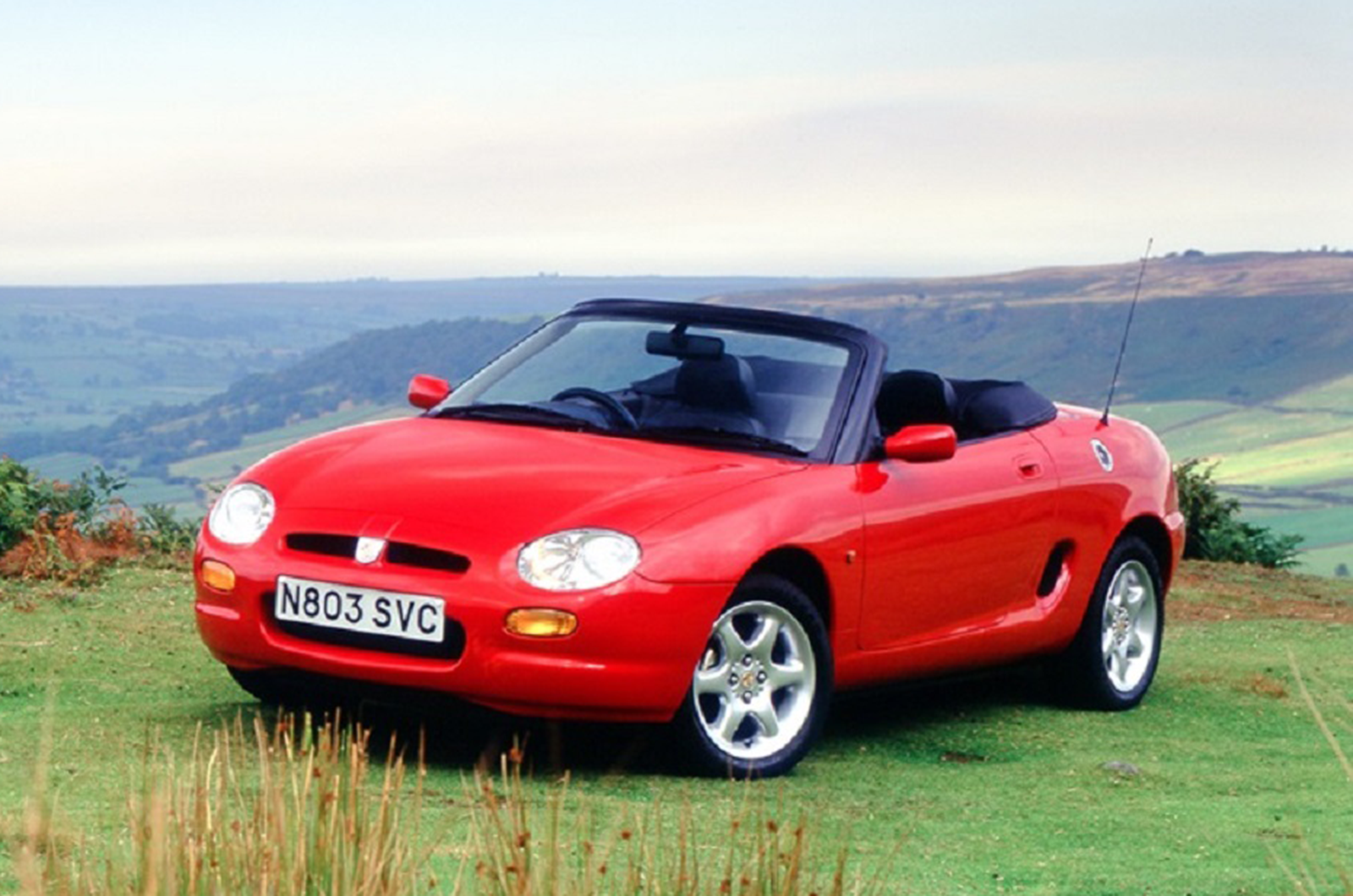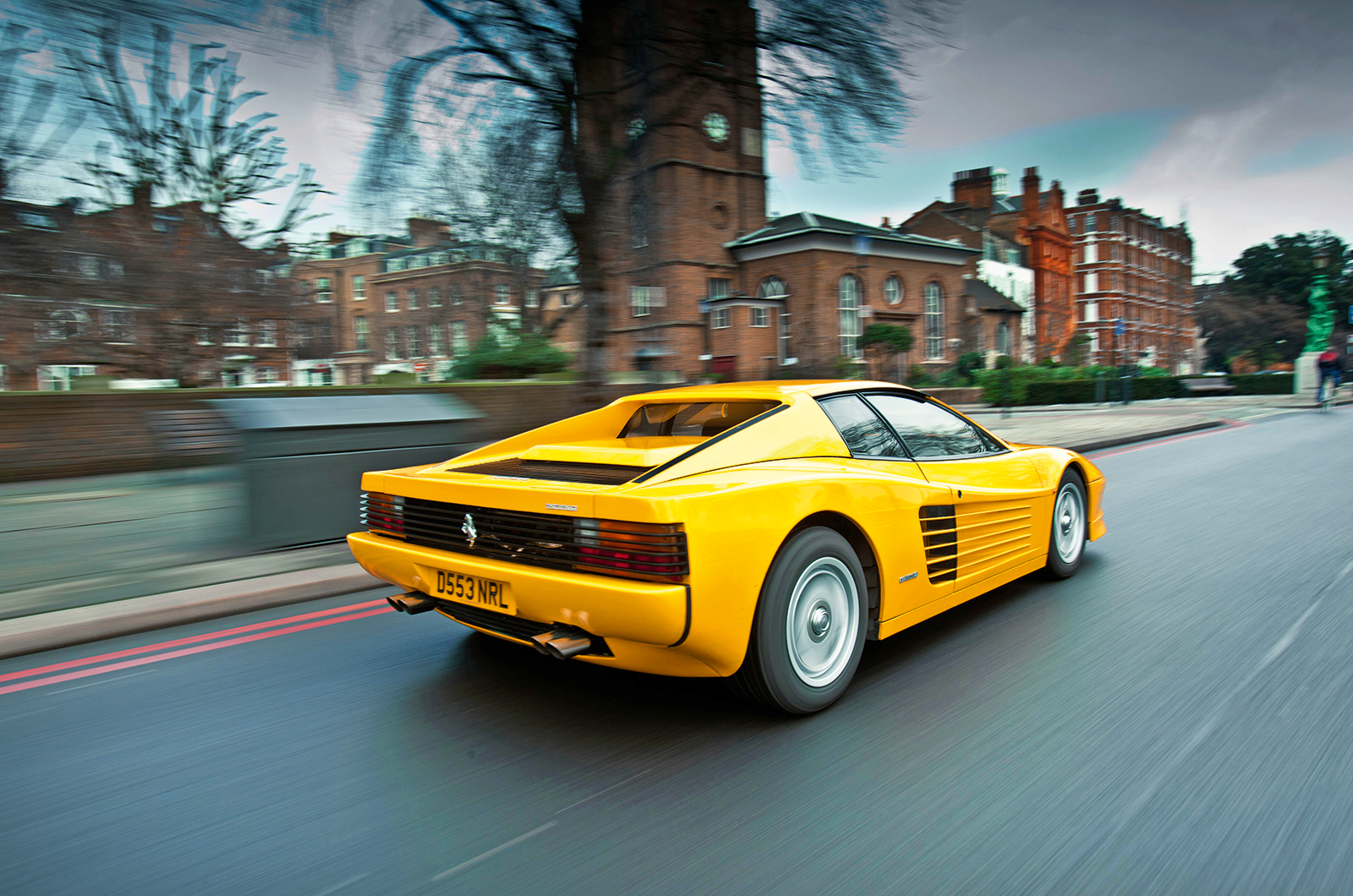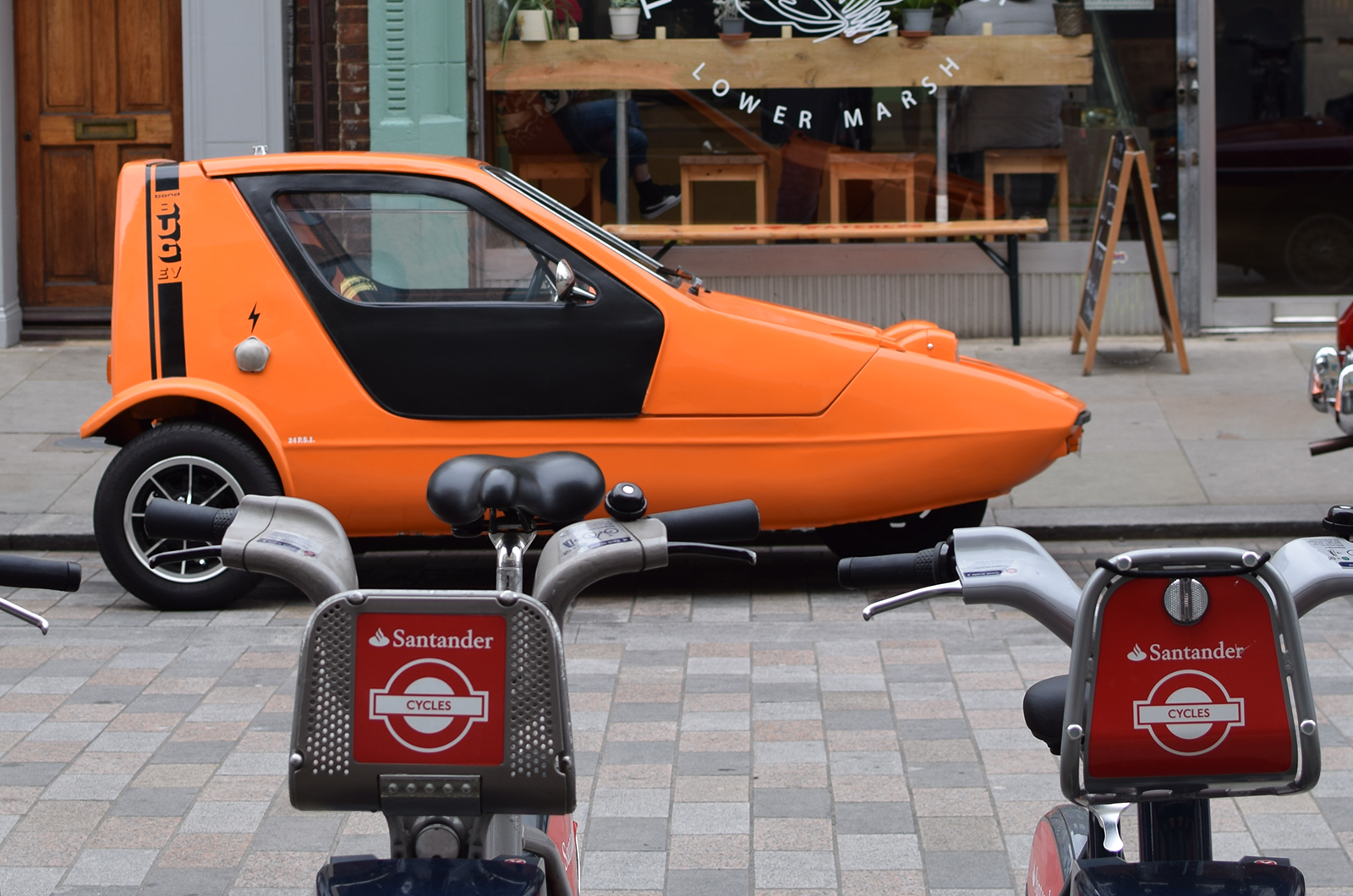NOx emissions were measured as a combined figure with hydrocarbons in Europe before 2001, so all cars older than that do not meet the standards, regardless of their actual NOx emissions, including those fitted with emissions-reducing lambda sensors and electronic engine management.
Modern classic supercars such as the Ferrari Testarossa fall foul of the ULEZ
Transport for London does allow vehicles to escape the ULEZ charge if they can prove their NOx emissions (and particulate-matter emissions, in the case of diesels) meet the standards, which has been achieved in a limited number of cases, including enthusiasts sourcing NOx data retrospectively from manufacturers to obtain individual exemption from TfL.
While some motorcycles have been successfully retested for NOx, there are currently no publicly available facilities for cars.
A TfL spokesperson commented: “It is unlikely that a Euro II or earlier vehicle (pre-electronic engine management, with closed-loop control) would ever have met the required standard.” The Mayor’s office echoed this claim.
Electric vehicles are ULEZ-exempt, but electric-converted classics will have to re-register to be recognised by TfL.
The tool for checking if you need to pay the charge for your car can be found here.
What is happening in the rest of the UK?
Electric vehicle conversions must be re-registered to be ULEZ compliant
Clean Air Zones (CAZs), as they are known outside of London within England, or Low Emission Zones (LEZs) in Scotland, that target private cars have already been established in a number of other UK cities.
These areas all follow the same emissions standards but, unlike the London ULEZ, the zones in Birmingham, Bristol, Oxford, Glasgow and – due to arrive in 2024 – Edinburgh, Aberdeen and Dundee, only cover a small central portion of the city.
Charges and conditions vary considerably, however, from an £8 fee in Birmingham to an outright ban in Scottish LEZs, with the penalty fines starting at £60 and increasing for repeat offenders.
While the English cities have mirrored London’s historic vehicles exemption for cars of over 40 years old, the Scottish system has set the historic exemption at more than 30 years old.
Enjoy more of the world’s best classic car content every month when you subscribe to C&SC – get our latest deals here
READ MORE
London ULEZ: 8 things classic car drivers need to know
Synthetic fuels to power first Goodwood Revival grid
The Amsterdam Job: the story of an epic classic Mini advert
Classic & Sports Car Editorial team
